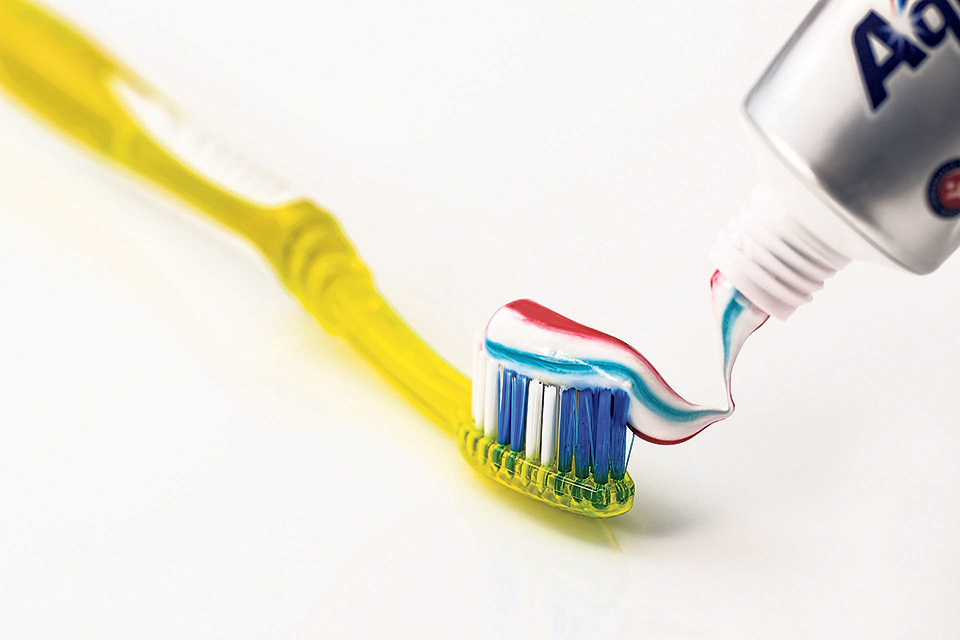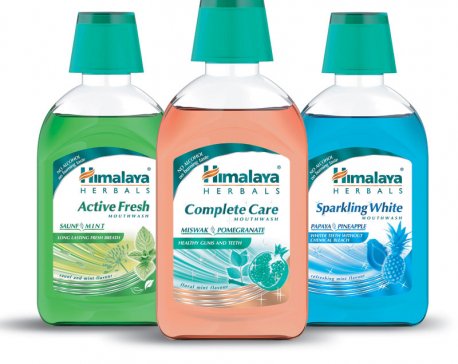
OR

When we say oral hygiene, we usually think it’s about keeping our teeth clean and sparkling but, turns out, oral hygiene comprises a lot more than that. It’s about taking care of your gums and tongue and keeping them clean and germ-free as well. Dr. Shilu Shrestha, periodontology and oral implantology specialist, says a good oral hygiene routine can prevent many infections and gum and teeth problems.

Dr Shrestha laments that oral hygiene isn’t a case of concern for most people and that they don’t seem to understand its implications on good oral health. “Oral infections can cause a lot of problems and they can be avoided by making sure you do some basic things on a regular basis,” she says. Dr Shrestha adds that the festival season makes it worse. This is when we eat whatever we want and that erodes teeth enamel and leads to many complications in the future. According to her, many people also tend to ignore the early signs of oral infection and only visit a dentist when the pain intensifies and it hampers their daily life. Here she talks about the basics of oral hygiene and how one can maintain good oral health.
But first, let’s clear a misconception
Many people believe that teeth’s natural color is while. But that’s not the case. It’s actually pale yellow. People usually brush a lot or try various ‘remedies’ to get that sparkling white color that is shown in toothpaste advertisements. It’s important to understand that brushing can only remove stains caused by coffee, cigarette and food consumption. It cannot change the color of your teeth.
Brush right
We all know that we have to brush twice a day but most of us don’t know the correct brushing techniques. A dentist can explain how one should brush and you can also find many videos online. Also, you must change your brush every one to two months and select brushes with soft bristles. Dr Shrestha mentions that using toothpaste with fluoride can help in the re-mineralization of teeth, thus helping to keep it in good shape.
Floss because brushing isn’t enough
Toothbrushes can’t reach in between teeth and those are the spots where eventually there will be plaque formation. So, after brushing, make sure you floss. A lot of people don’t know how to floss but it’s fairly simple – you just need to try it out a few times. You should also make it a point to avoid sticky and heavily spiced food to prevent food from lodging in corners and causing buildup.
Rinse your mouth after every meal
Dr Shrestha says rinsing your mouth after meals can help keep your teeth and gums healthy in the long run. She adds that using a mouthwash isn’t necessary and that plain water will do. Actually, she recommends you to not use a mouthwash unless prescribed by a dentist. Those with gum problems can use lukewarm water mixed with a little bit of salt.
Symptoms of oral infection
Some of the early symptoms of oral infections can be bleeding gums, bad breath, and mild pain (that we often tend to ignore). If your gums feel itchy, that could also be a sign of oral infection. Similarly, teeth discoloration and loose teeth could also signal future problems.
Prevention and cure
Gum bleeding and dental pain can make it problematic for you to eat and even talk. The best way to avoid oral problems is to visit a dentist every three to six months. And you should do that even when you don’t have any oral health issues. It can help identify and diagnose hidden problems and prevent it from occurring altogether. Dr Shrestha says that, sometimes, bad oral health can be an indicator of some other underlying health problems so it should never go unchecked.
You May Like This
_20201228143413.jpg)
Take care of your mouth
Studies have shown than mouthwash and toothpaste can help slow down Covid-19 transmission. ... Read More...

Himalaya mouthwash in market
KATHMANDU, Nov 9: Himalaya Herbal has launched its new product, Himalaya mouthwash, in the Nepali market. ... Read More...

Food Act set to get more teeth
KATHMANDU, June 27: The government is making amendment to Food Act 1966 to discourage adulteration and black-marketing of food commodities,... Read More...





Just In
- MoHP cautions docs working in govt hospitals not to work in private ones
- Over 400,000 tourists visited Mustang by road last year
- 19 hydropower projects to be showcased at investment summit
- Global oil and gold prices surge as Israel retaliates against Iran
- Sajha Yatayat cancels CEO appointment process for lack of candidates
- Govt padlocks Nepal Scouts’ property illegally occupied by NC lawmaker Deepak Khadka
- FWEAN meets with President Paudel to solicit support for women entrepreneurship
- Koshi provincial assembly passes resolution motion calling for special session by majority votes






_20220508065243.jpg)






Leave A Comment